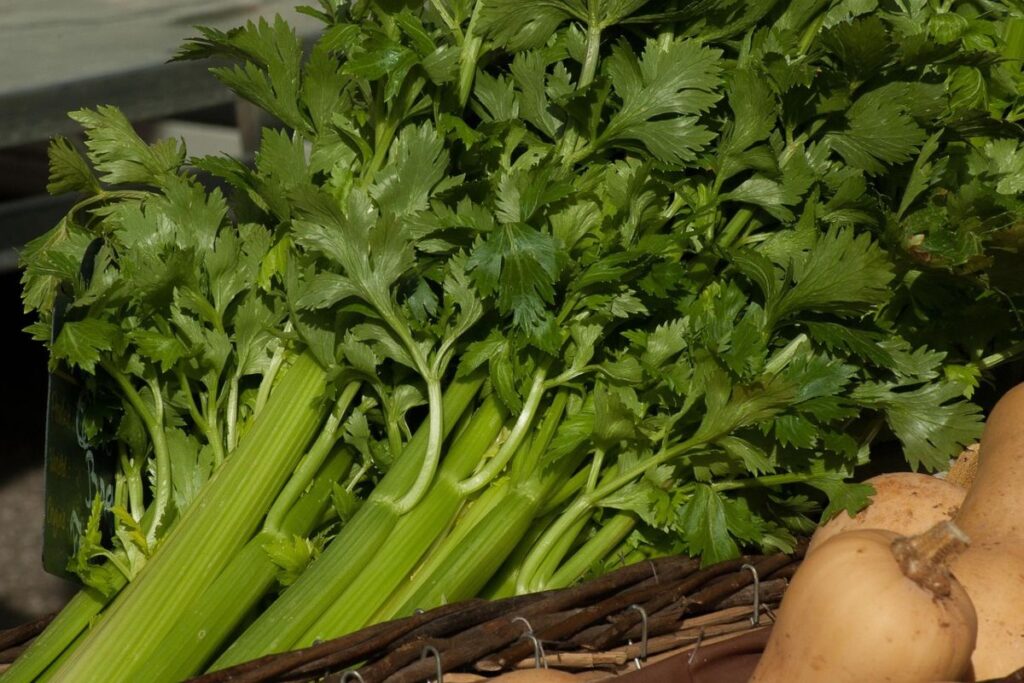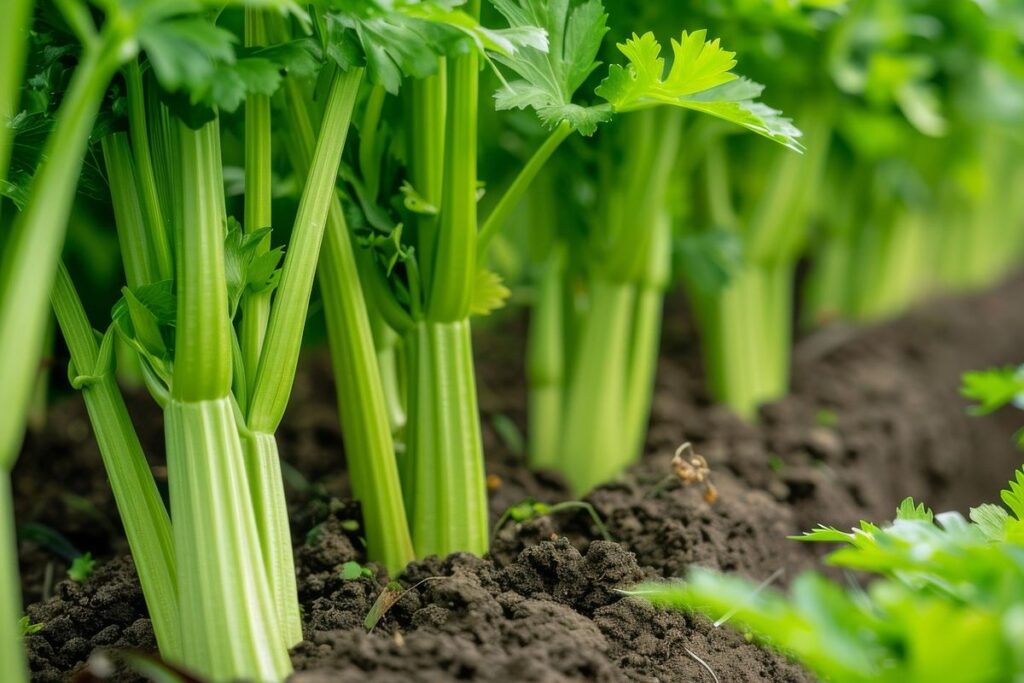Arvada, Colorado, boasts a rich farming heritage that dates back to the 19th century, earning it the proud nickname “Celery Capital of the World.” This Arvada celery history is a remarkable chapter in Colorado agriculture history, illustrating how a community transitioned from a gold rush campsite to a thriving agricultural hub.
Early settlers who arrived in search of gold soon discovered that Arvada’s fertile creek valleys were more promising for plows than pans, planting the seeds for a vibrant farming community. Over the decades, Arvada’s farms—especially its celebrated celery fields—shaped the local economy and culture.
Although large-scale farming has since faded and Arvada no longer grows much celery, the city’s agricultural legacy continues to influence the community through historic traditions and landmarks.
From Gold Prospecting to Farming
The Shift from Mining to Agriculture
Arvada’s agricultural roots were planted in the wake of Colorado’s gold rush. The first documented gold in the Rocky Mountain region was discovered on June 22, 1850, by Lewis Ralston in a stream at the future site of Arvada. While a frenzy for gold initially drew prospectors to the area, the riches in the streambeds proved modest and short-lived. Many hopeful miners soon abandoned their gold search and turned to the land itself.
By 1860, more than thirty land claims had been filed in the Ralston and Clear Creek valley by men who “came for gold but stayed to develop farms.” These early homesteaders realized they could profit by supplying food to nearby Denver and the mountain mining camps rather than chasing elusive ore.
Early Farming Innovations
In a twist of fate, the canals and ditches dug by gold seekers for prospecting inadvertently created ideal irrigation for farming, making the area’s soil especially fertile. With water from these channels and rich bottomland along the creeks, farmers cultivated a wide variety of crops.
Arvada’s farming heritage began with staples like wheat, corn, and oats, along with vegetables and fruits suited to Colorado’s climate.
Arvada Becomes the “Celery Capital of the World”

The Rise of Celery Farming
By the early 1900s, Arvada had gained an unexpected worldwide reputation thanks to its celery fields. What started as just one of many crops became the claim to fame of Arvada’s farming history.
In the 1880s, local growers introduced an especially tender and tasty variety of celery known as Pascal celery, reportedly using seeds brought from France. This variety thrived in Arvada’s climate and irrigated soil, producing crisp, flavorful celery that was in high demand.
National Recognition
Arvada farmers devoted increasing acreage to celery, and their meticulous cultivation methods (such as trenching and blanching the stalks for winter harvests) yielded a product so distinctive it drew national attention. Alongside neighboring farms in Wheat Ridge, Arvada became so prolific in celery production that it was soon heralded as the “Celery Capital of the World.”
At the peak of the celery boom, Arvada farms were sending railcar loads of celery to markets near and far. One particularly famous moment came in 1926, when U.S. Senator Lawrence Phipps of Colorado sent a special Christmas gift to President Calvin Coolidge—a shipment of Arvada’s finest Pascal celery. This high-profile delivery cemented Arvada’s reputation, and the title of “Celery Capital of the World” became widely recognized.
The Economic Impact of Agriculture on Arvada’s Growth
Agriculture Fuels the Economy
Agriculture was the lifeblood of Arvada’s early economy, shaping the town’s development and identity. In its farming prime, Arvada was an agricultural hub where historic farms in Arvada blanketed the landscape between Ralston Creek and Clear Creek.
Wheat and other grains grown in Arvada’s fields supported a local milling industry. By 1925, the Arvada Flour Mill was established, processing local wheat into flour and feed.
Truck farming (growing vegetables for market) became a profitable venture, and wagons (later trucks) would regularly ferry Arvada-grown corn, potatoes, lettuce, and other vegetables to city grocers.
Social and Cultural Influence
Farming shaped the social fabric of Arvada. Each autumn, the community came together to celebrate the harvest and the town’s agricultural bounty. In 1925, Arvada launched its first Harvest Festival—an annual tradition that continues to this day—showcasing crops (especially celery) and bringing neighbors together.
The Decline of Celery Farming in Arvada

Like many agricultural communities, Arvada eventually faced the winds of change. Several factors in the mid-20th century led to the decline of celery farming (and agriculture in general) in Arvada:
- World War II and Post-War Changes: Labor shortages made the labor-intensive cultivation of celery difficult to sustain profitably.
- Competition: California and other states began producing celery at lower costs, making it harder for Colorado farmers to compete.
- Urbanization: Arvada experienced rapid growth in the 1940s and 1970s, transforming farmland into residential neighborhoods as Denver expanded.
By the 1950s, Arvada’s last major celery farms closed or relocated, and the title of “Celery Capital of the World” faded into history. The city’s incorporation in 1951 and the opening of Interstate 70 nearby in the 1960s accelerated its transformation into a suburban community.
At the start of 1970s, only traces of Arvada’s agrarian past remained , and large celery fields became a thing of the past. However, the end of farming did not erase the legacy or the physical remnants of that era.
The Lasting Legacy of Arvada’s Agricultural Heritage
Though Arvada is now a thriving suburban city, its agricultural legacy continues to influence the local economy and culture in meaningful ways. The community actively preserves and commemorates its farming heritage:
- The Harvest Festival continues to bring the community together every September.
- The Arvada Flour Mill stands as a museum, recalling the wheat fields and grain trade that once sustained the region.
- Several historic farms in Arvada have been preserved, with barns and irrigation ditches serving as quiet reminders of the city’s rural past.
While Arvada is no longer a major farming center, urban farming initiatives and community gardens have taken root in the city, reviving a small-scale agricultural presence. Farmers’ markets and farm-to-table restaurants also reflect a renewed interest in locally sourced produce, honoring Arvada’s historic role in Colorado’s farming industry.


